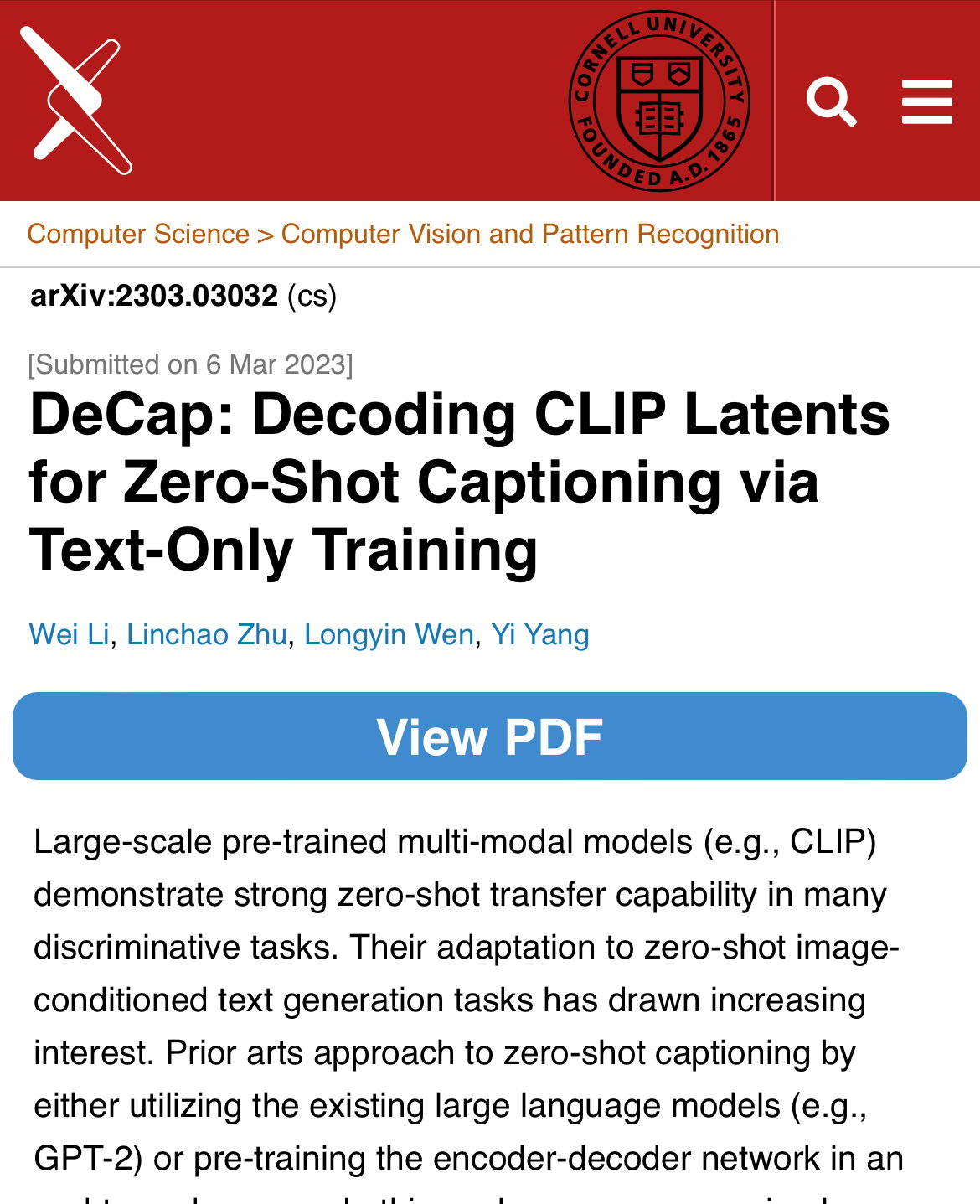Coded it myself in Google Colab. Quite cool if I say so myself
Link: https://huggingface.co/codeShare/JupyterNotebooks/blob/main/sd_token_similarity_calculator.ipynb
This is how the notebook works:
Similiar vectors = similiar output in the SD 1.5 / SDXL / FLUX model
CLIP converts the prompt text to vectors (“tensors”) , with float32 values usually ranging from -1 to 1
Dimensions are [ 1x768 ] tensors for SD 1.5 , and a [ 1x768 , 1x1024 ] tensor for SDXL and FLUX.
The SD models and FLUX converts these vectors to an image.
This notebook takes an input string , tokenizes it and matches the first token against the 49407 token vectors in the vocab.json : https://huggingface.co/black-forest-labs/FLUX.1-dev/tree/main/tokenizer
It finds the “most similiar tokens” in the list. Similarity is the theta angle between the token vectors.

The angle is calculated using cosine similarity , where 1 = 100% similarity (parallell vectors) , and 0 = 0% similarity (perpendicular vectors).
Negative similarity is also possible.
So if you are bored of prompting “girl” and want something similiar you can run this notebook and use the “chick</w>” token at 21.88% similarity , for example
You can also run a mixed search , like “cute+girl”/2 , where for example “kpop</w>” has a 16.71% similarity
Sidenote: Prompt weights like (banana:1.2) will scale the magnitude of the corresponding 1x768 tensor(s) by 1.2 .
Source: https://huggingface.co/docs/diffusers/main/en/using-diffusers/weighted_prompts*
So TLDR; vector direction = “what to generate” , vector magnitude = “prompt weights”
New stuff



Paper: https://arxiv.org/abs/2303.03032
Takes only a few seconds to calculate.
Most similiar suffix tokens : "vfx "
most similiar prefix tokens : “imperi-”

